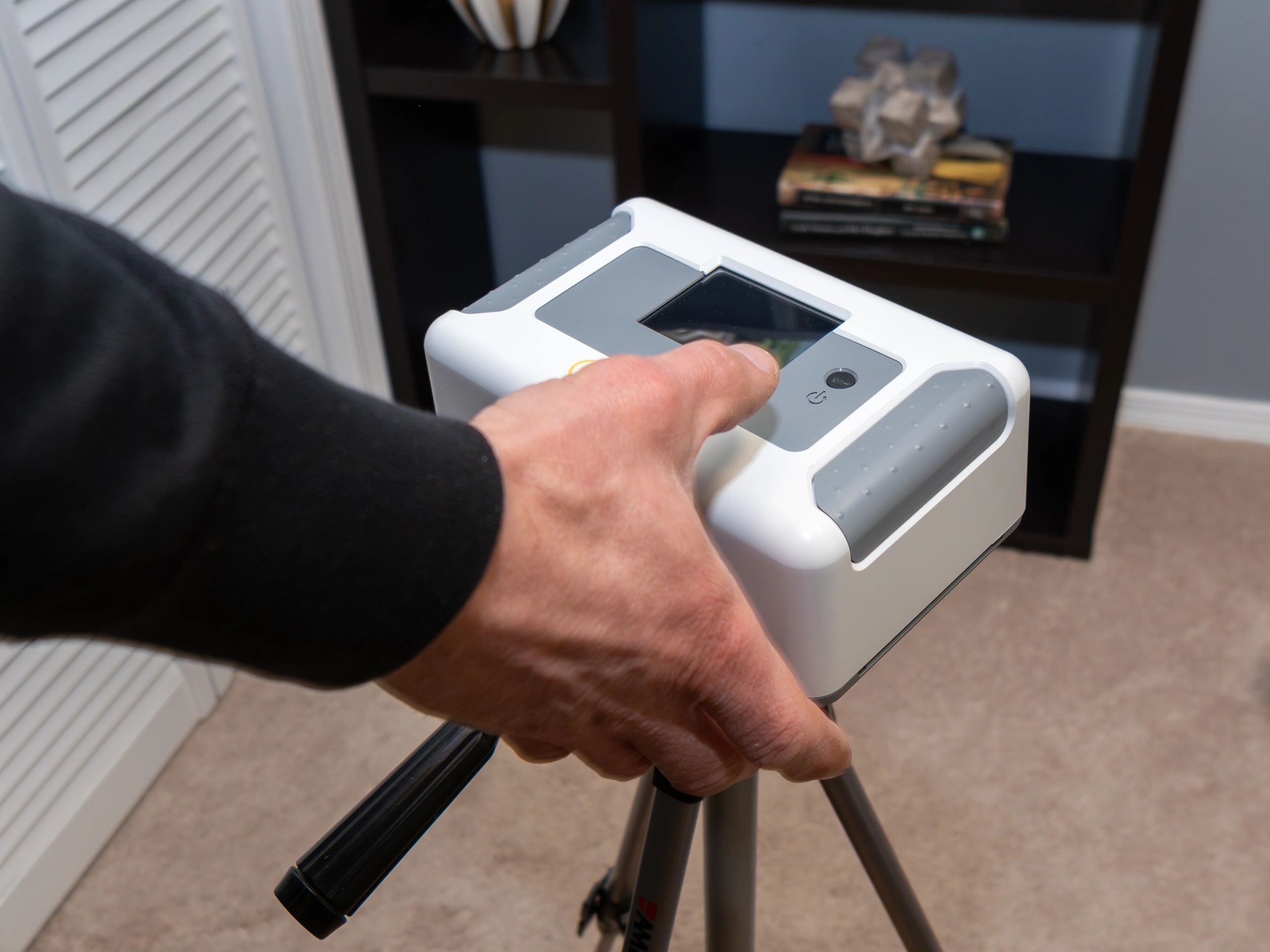
Driftwood Inspections
Professional Radon Testing
Radon is a naturally occurring, colorless, odorless, and tasteless radioactive gas. It's formed from the breakdown of uranium in soil, rock, and water. Because it's a gas, radon can seep into homes through cracks in foundations, walls, and other openings.
Radon Testing Cost
Radon Test
$ 165
Radon tests are typically conducted over a period of 2 days using a small device placed in the lowest lived-in level of your home. After the test period, you'll receive a report with the radon levels in your home.
If radon levels are high (4 pCi/L or higher), a radon mitigation systems can be recommended to reduce radon concentrations. These systems typically involve venting radon gas from beneath the foundation to the outside.